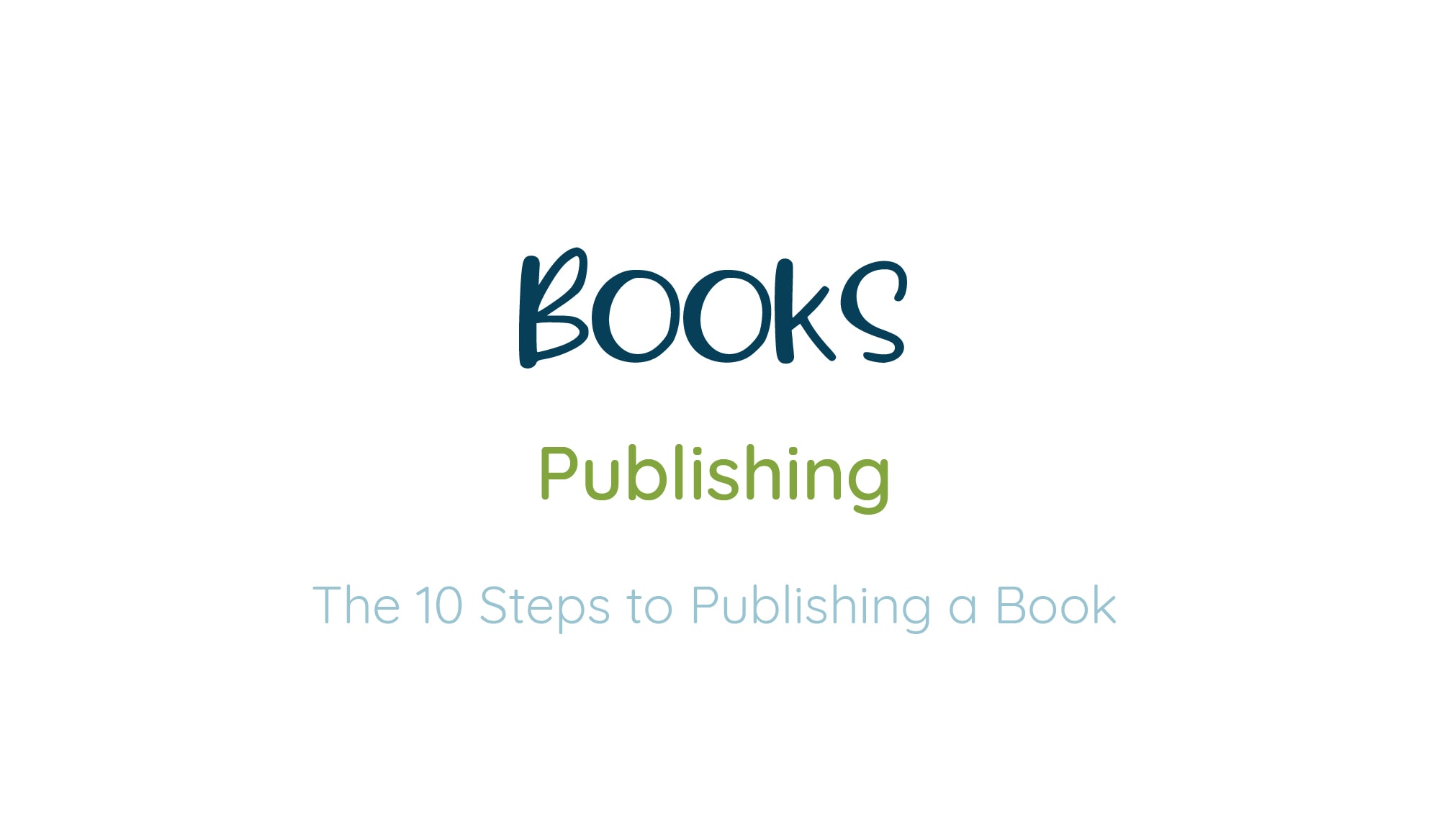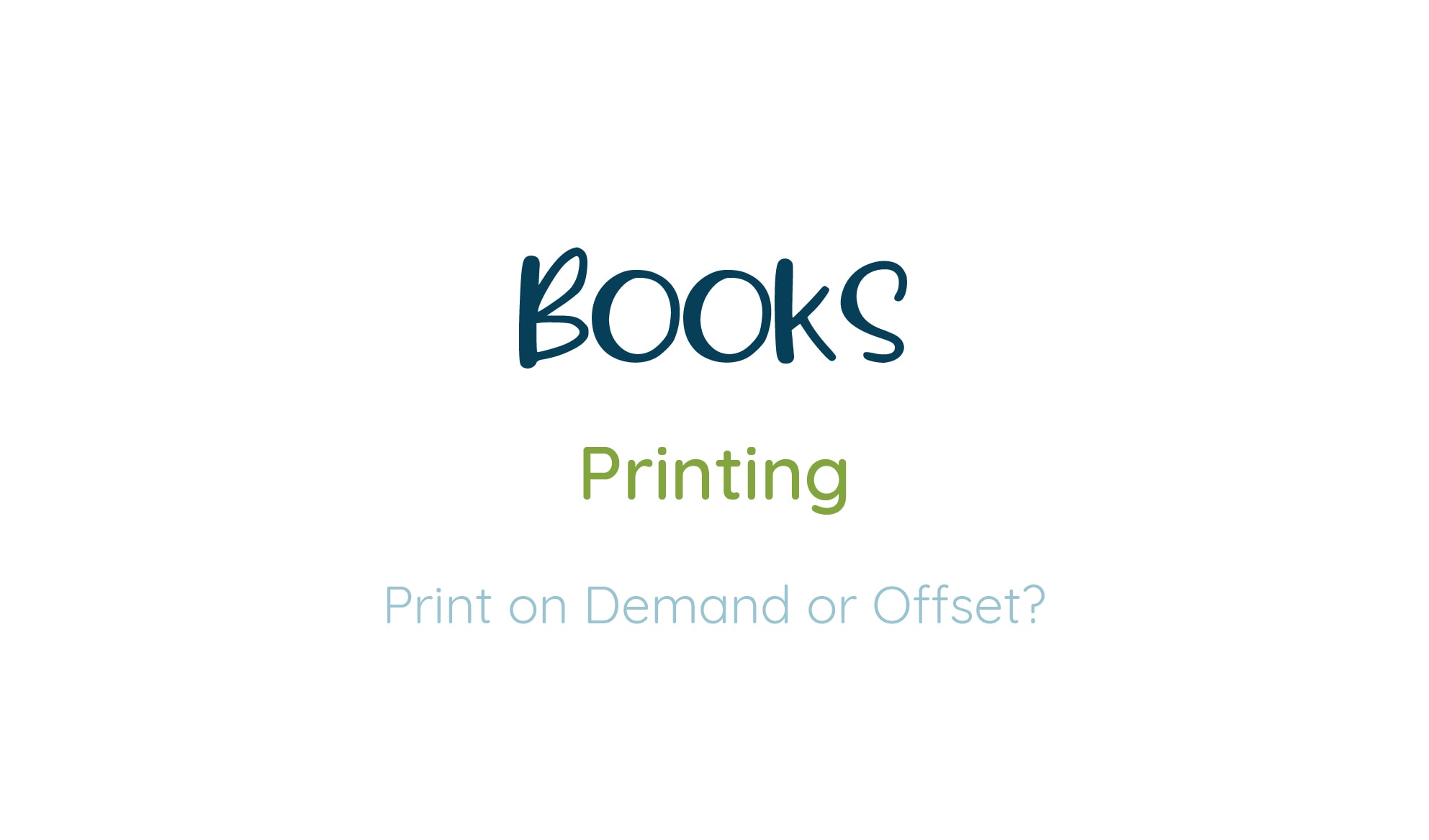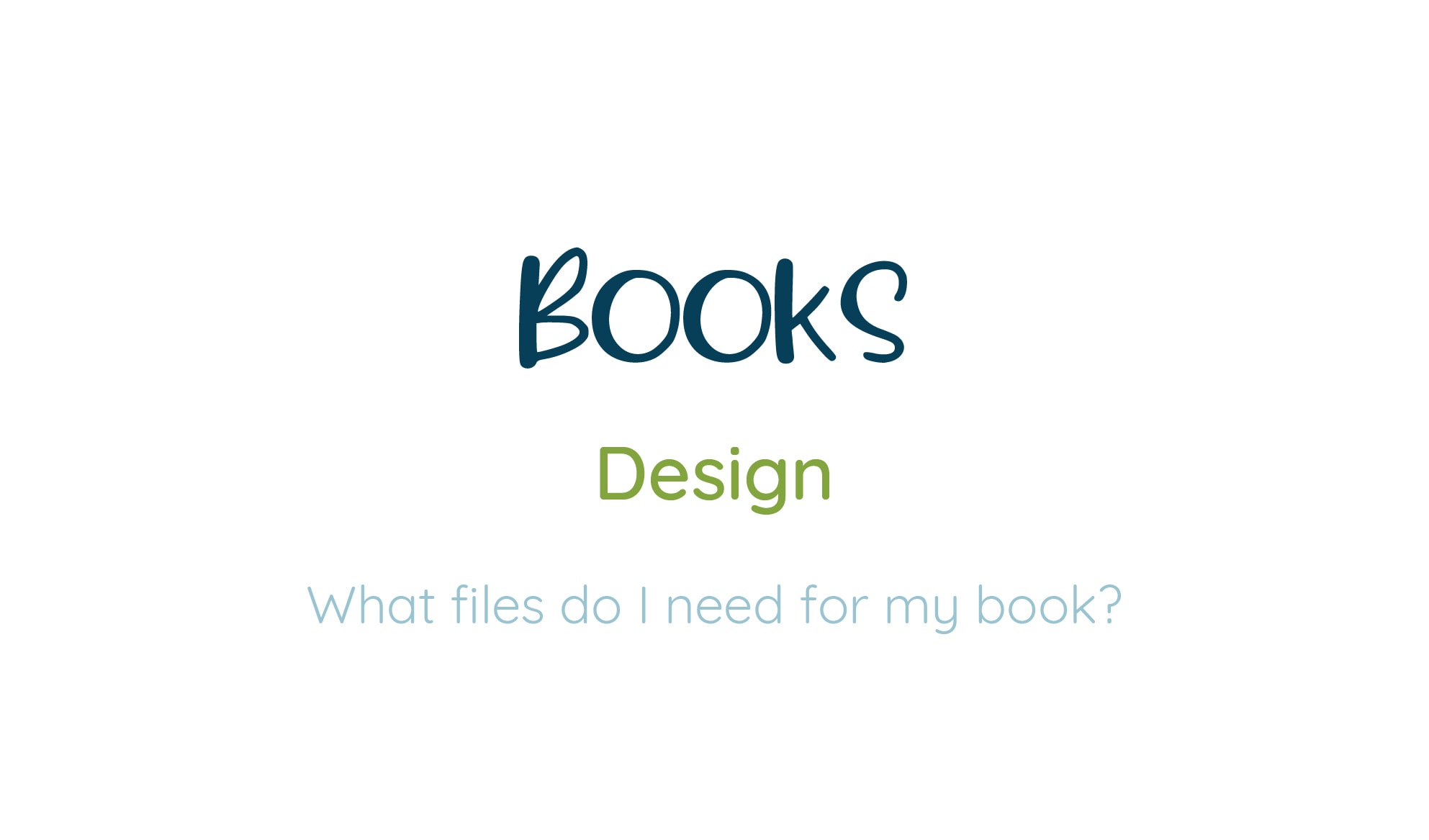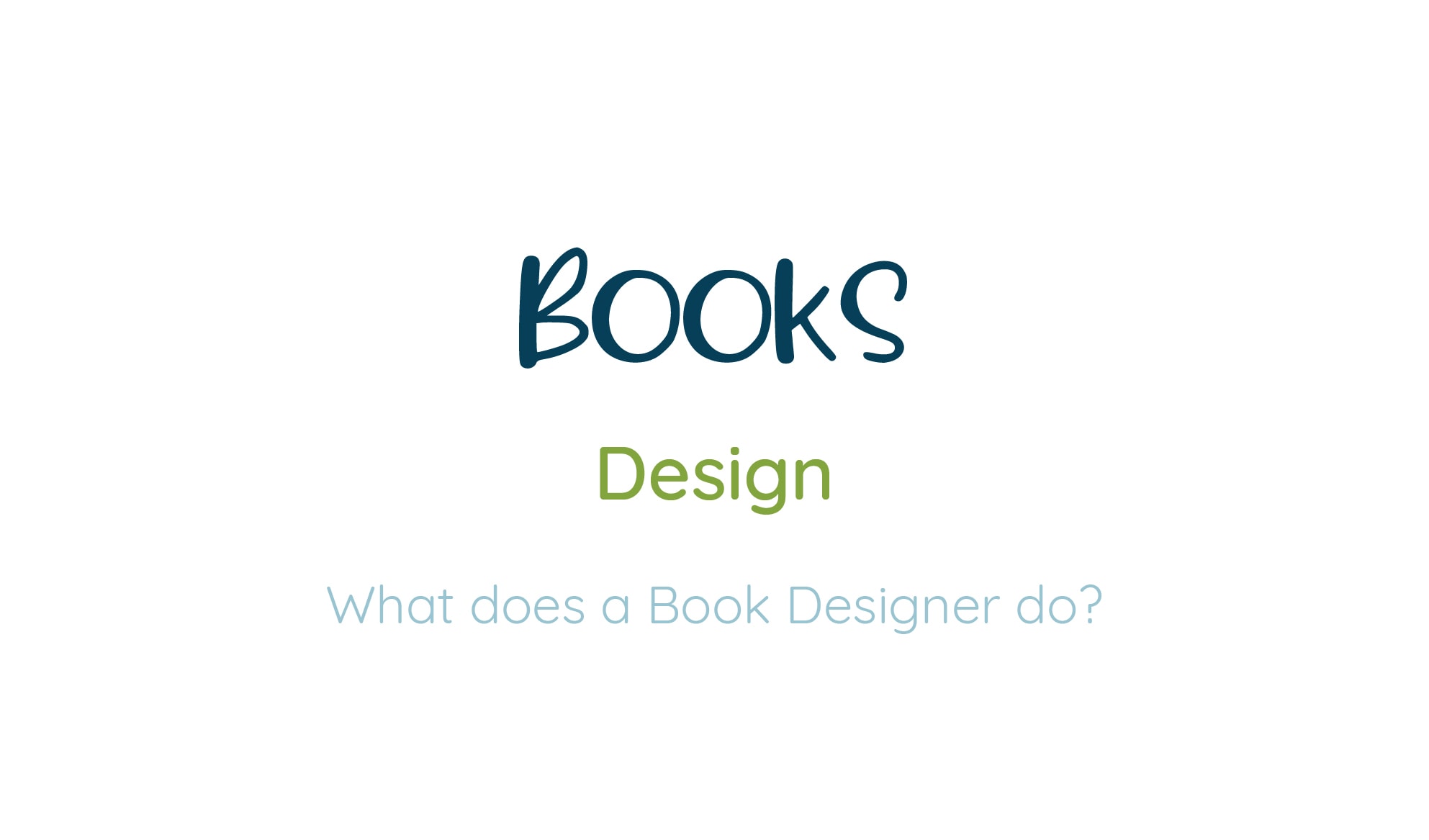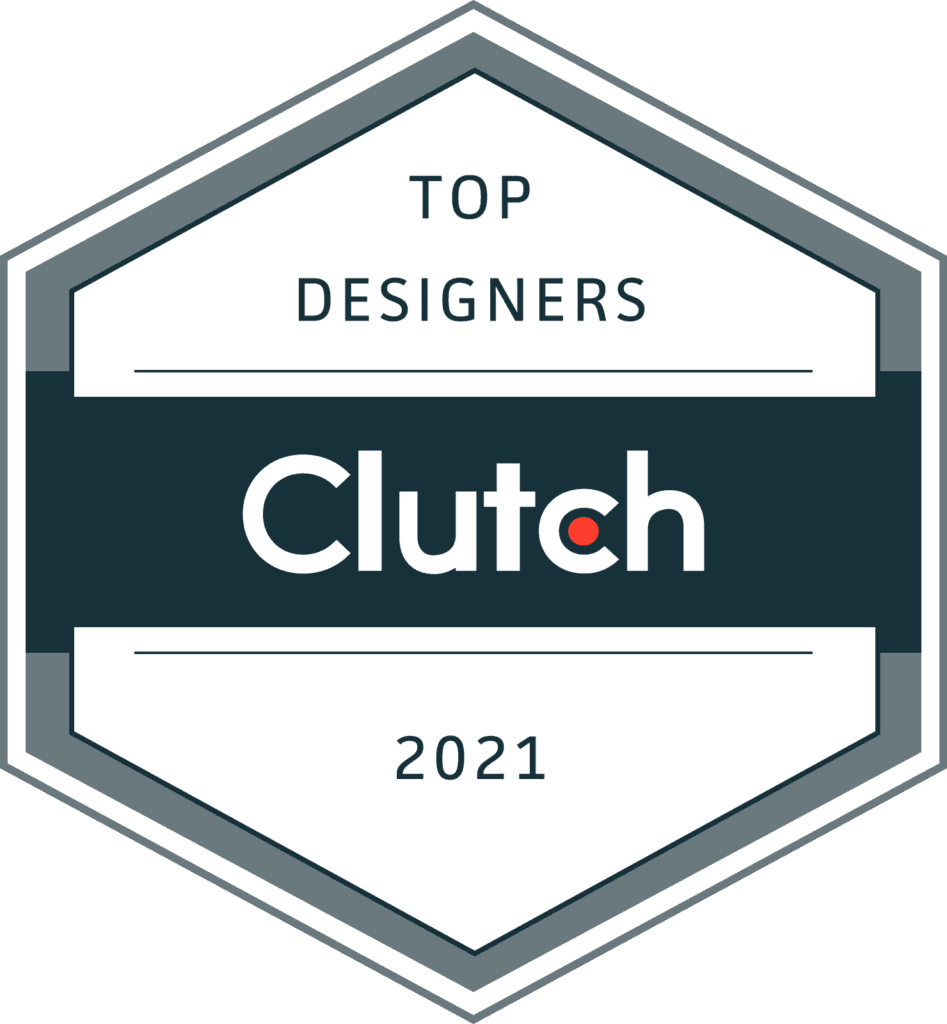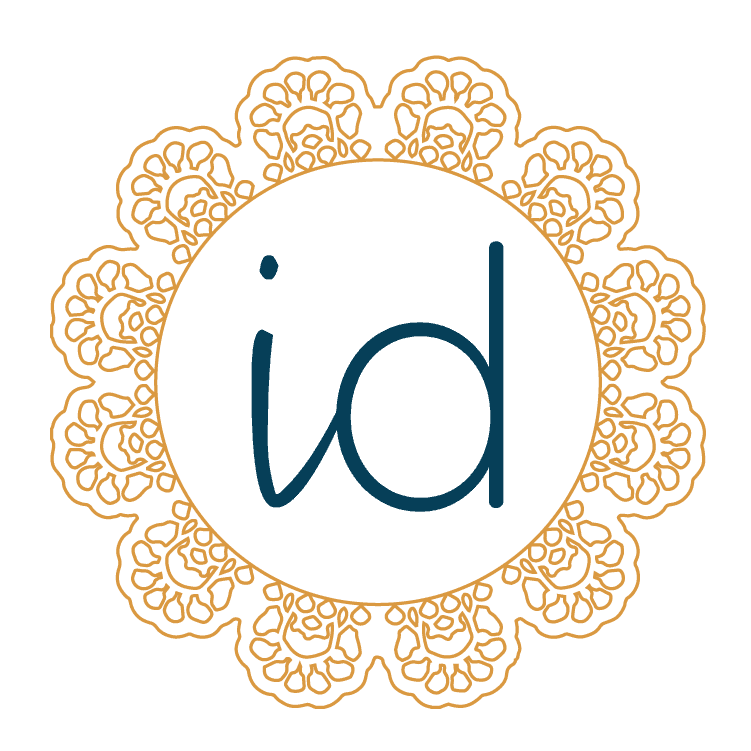Book Design FAQ
A production artist does more than just design, we oversee projects from initial concept to final production, aiding in organizing all the moving parts and individuals that work together on the overall project. We are well-versed in all the technical knowledge required to produce a perfectly polished final product.
Here’s my Book Design Checklist to get you started.
Book design is the step that comes after editing, before and after illustrations. It’s the careful integration of text and artwork without just slapping a textbox on top of the illustration.
Here’s my Book Design Checklist to get you started.
A book designer can work with an author and illustrator during the sketching process to advise on the best layout for text placement, and typography choices, as well as ensure that illustrations are being created using proper dimensions. We then place the text on the finished artwork in a way that is perfectly integrated as part of the complete page design. Some designers, like myself, can also offer additional art direction throughout the project.
Formatting comes after layout, typography, print format (hardcover vs paperback, etc.), your printer has been chosen, and all illustrations are completed. Formatting is the process of properly putting together all the pages of the book and exporting final files for print and ebooks. Some people are just designers and some are just formatters (and don’t do the fun pretty stuff) – I do both.
Production artists do all of the above and assist in project management as well to ensure that everyone is on the same page throughout the entire project to produce the best possible end product.
Professional book design can take your book and your beautiful illustrations to the next level!
Yes. Even though I prefer to work with an illustrator from the very beginning, I can work with finished art and place text in the allotted space. If proper space has not been left for text I will modify the artwork to make room (typically just nudging elements over a bit, shrinking them, or adding a color overlay to that area to increase contrast for better legibility).
*I DO NOT modify artwork beyond the illustrator’s original creation, nor do I make any claim/credit to their artwork. Any modifications I do are to enhance the page layout and provide the best possible outcome for your book.
If I do need to make changes I will let you know. To make this process easier I might request layered files for the artwork. These would typically be Photoshop files. If the art is created with traditional media I will use Photoshop to adjust manually as best I can (I’m very good with Photoshop).
A layered PSD is a Photoshop file with layers. It’s a file that has not been flattened and still has all individual layers and elements separated. This is a file format that is easy to manipulate to make changes quickly without having to redraw parts of the image.
I use Adobe InDesign, a multipage document formatting program. Some may use alternative programs like Affinity Publisher, but InDesign is industry standard.
I also use Adobe Photoshop and Illustrator to create and edit parts individually as needed.
Please see my downloadable Book Design Checklist
Depending on the amount of work required to make the art print-ready, determines my rate. For example, a cover that only needs the title, bylines, and back matter added would be in the lower range. A cover that needs artwork manipulated to create the final cover art/design would have a higher rate. The same goes for interior illustrations and why I recommend working with a designer before illustrations begin. My starting rate for a full book design is $680 for a 24-page book.
View a detailed breakdown of my pricing here.
As soon as your manuscript is ready. That means you have worked with an editor (or two) and have completed an editorial, developmental, and copy edit of your book. More info on the types of edits.
Not really. While yes, I can absolutely work with finished illustrations and many authors come to me with finished art. When I’m able to advise during the sketch phase I make sure that everything is being created with the text layout and best overall page design in mind. My involvement early on can avoid costly mistakes and additional revisions to artwork.
Absolutely! I give feedback throughout the illustration process (as much or as little as you’d prefer). My main concerns will always be text placement, correct resolution, and proper dimensions for printing at your desired trim size. I am an illustrator too so I can give clear direction and tactful critique to ensure that your illustrator understands the vision you have for your book.
I can send templates that are properly sized and margins clearly marked for your illustrator to use. I will also send a cover template, but for offset printing, the final cover template has to be requested directly from your printer.
Once all the illustrations are completed and finalized I can have final files ready for review within 2-3 weeks, any revisions require an additional 2-3 days. This also depends on my current workload and how many revisions are needed for both the artwork and any feedback from the author.
You have up to 4 rounds of revisions. This means, you will review the file and request any number of edits to the file for the work I have done. Once you’ve made those comments in MarkUp and have no further edits at that time, that is one round of revisions.
I use a web-based platform called MarkUp for gathering all feedback or we’ll have a PDF with comments depending on the project. I will share a link/invite you to your project space. You can place comments directly on the elements that you are referring to and I will comment and reply within the platform/file. Your comments will be marked as resolved once completed and the revisions will be reflected through the same link once I’ve gone through them all.
I use Google Drive for all file storage and file sharing. You will receive a direct link to your project folder where you can upload your files and see all progress as I update your files. This is also where your final files will be available and any edits are saved to this folder in real time (this helps reduce any back and forth file sharing).
You can download the folder with your files or make a copy of it to your own Drive.
I regularly archive (zip and close) projects after they’re completed. You have 30 days after receiving your final files to save them before you lose access.
I charge $25 to reopen and share archived files.
I can absolutely communicate directly with your printer. I can upload to your KDP and Ingramspark accounts for an additional fee or I can walk you through the process on a call. I can also recommend great coaches that help navigate the backend of these platforms and can also help with ads when you’re ready.
Print On Demand is a print service on a platform like Amazon KDP (Kindle Direct Publishing), Ingramspark, Lulu, etc. that will print copies of your book as they are ordered. You don’t pay any upfront printing costs, they are deducted from the purchased price. You receive a royalty percentage after all print and service fees are deducted by the company.
You can order author copies at a lower rate if you want to have some on hand.
The benefits of POD are a low initial investment (some are free some charge a file upload fee), shipping and tax are done for you, you don’t need to carry any stock, and you have access to expanded distribution networks (Ingramspark has the largest network and your book will be available to retailers who use their platform to stock their shelves – Barnes & Noble, Walmart, Target, etc.).
The downsides are that the return/royalty return is low, and the quality is also lower than offset printed books as well.
Offset printing is a “printing technique in which the inked image is transferred from a plate to a rubber blanket and then to the printing surface.” This process results in a high quality print and is best for large bulk orders.
For smaller print runs a printer may recommend digital printing. “Digital printing doesn’t use plates the way offset does, but instead uses options such as toner (like in laser printers) or larger printers that do use liquid ink.” This process is still great quality when it’s coming from a dedicated printer rather than POD.
Printers have quality checks and provide digital as well as physical proofs (upon request or for a fee in many cases).
When working with a printer you have options available to you for the type of paper you want to use, special cover treatment (think foil, spot UV, glitter, etc.), and you can print on end pages (which is not an option for POD with the exception of Lulu but their pricing is very high). You also have options for a dust jacket.
The biggest benefit to a bulk print order (aside from great quality) is that your per unit cost is low and therefore your return should be high if you’re pricing your books properly.
Bleed margins also known as trim lines are an additional small area that is added to your page dimension for “full bleed” prints. This means that your artwork will extend to the very edge of the page. This small area is a buffer zone for the printer to trim/cut your pages to their final size. It’s a small margin for error to ensure that any shifting does not result in a white line on the edge of your page.
If your artwork does not include the additional dimensions for bleed margins and you want the pages to have full color and not white edges then it will have to be stretched to fit. This is fine if the resolution of the art is a minimum of 350dpi. If it’s not, then this will result in a lower resolution file and can result in a lower quality print.
Your illustrator needs to include bleed in their page dimensions. They are not illustrating at the trim size.
Bleed margins are typically an additional 0.125″ or 3mm on all outer edges. POD and some offset printers require 3 sided bleed (outer edge, top, and bottom). Some printers require 4-sided bleed (outer, inner, top, and bottom edges) so it’s best if all 4 sides are added.
Important elements should avoid the bleed margins and the gutter area/center of the book. This is important so nothing is cut or lost into the binding.
If you need a template with guidelines for your specific book dimensions just let me know! 🙂
Yes, I’m happy to send over a list of printers I’ve worked with.
I wish! We just have a big backyard for gardening, 2 dogs, a cat, some fish, and 6 chickens. If you’d like to learn more about me check out my About page.
Yes, I do! I’m a foodie and love most treats. I’m not a big peanut person, but my family loves them. 😉
Sometimes!!
The first step is filling out my Questionnaire. Then you can schedule a call with me if you’d like. Last I send an agreement and the invoice for your deposit. At that point, I will send you the link to your shared folder where you can begin uploading content.
Ready to Get Started?!
Looking for more??
Here you’ll find articles focused on web lingo, branding, books, printing, and publishing. I also have an Author Resources page with even more info!
Additional Learn articles on other topics found here.
